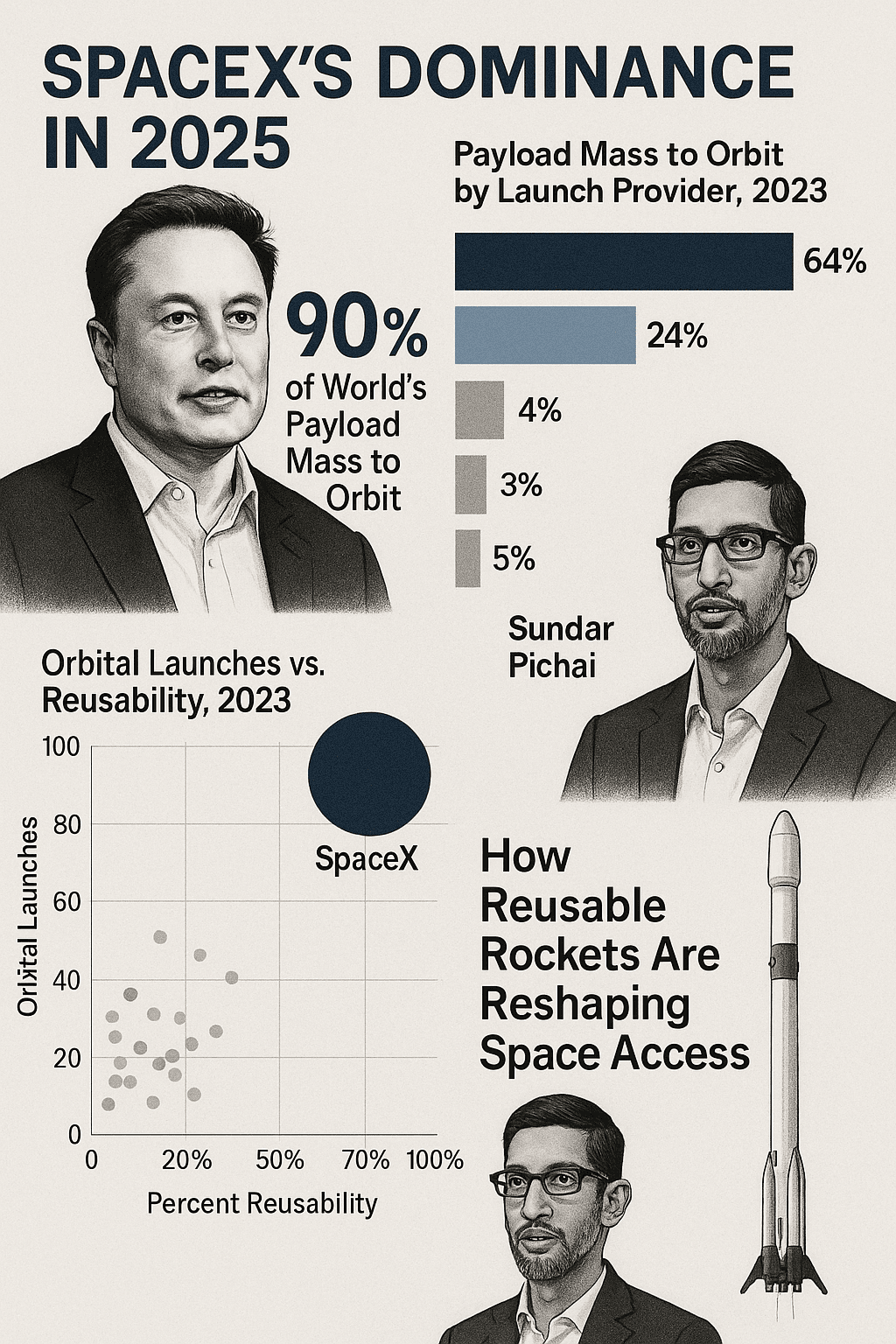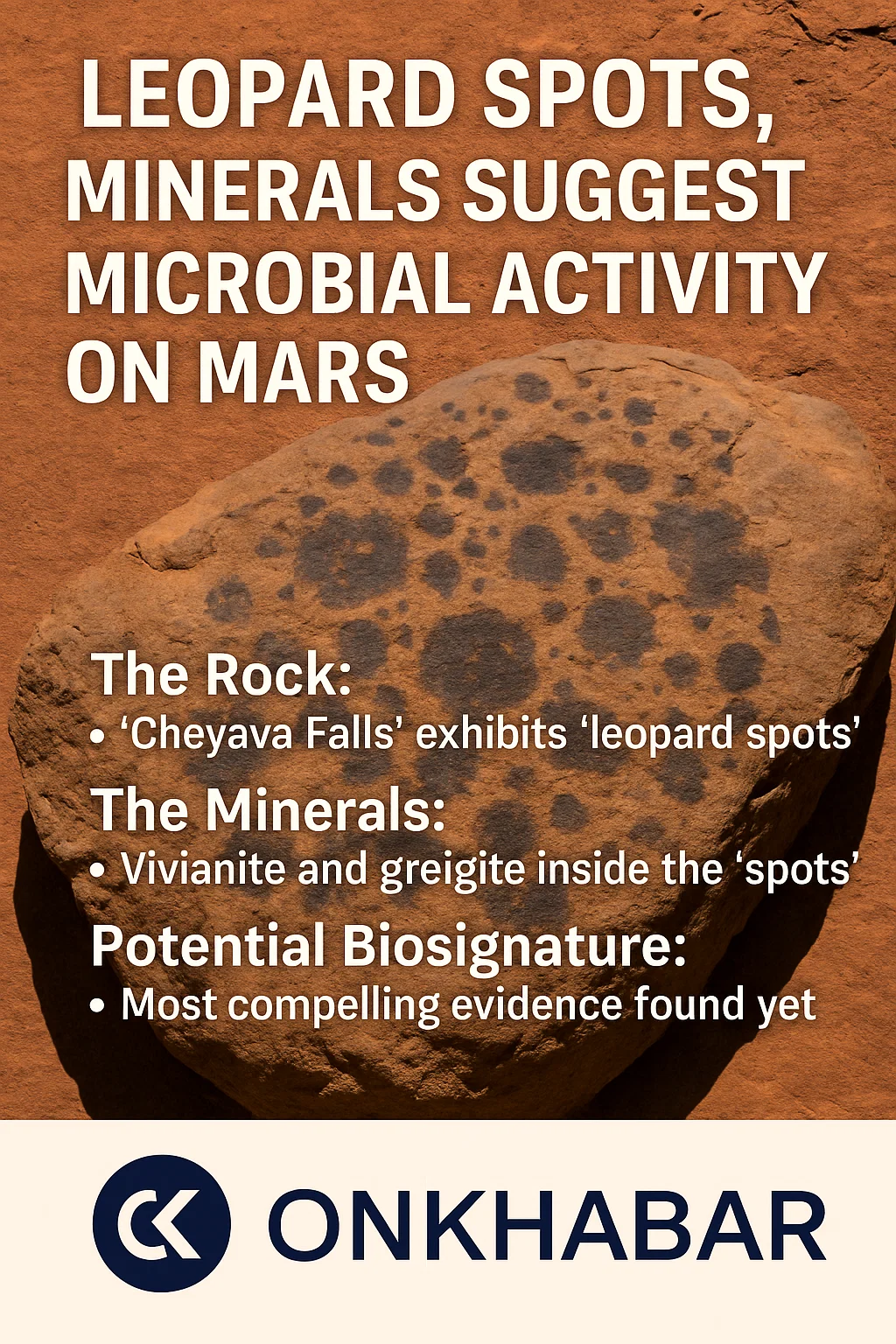
For decades, science fiction has teased us with holograms that characters like Tony Stark manipulate with a flick of the wrist. While real-world holographic tech has lagged behind Hollywood’s imagination, a team of researchers in Spain just shattered expectations. They’ve developed a volumetric display that lets users physically interact with 3D projections—no gloves, controllers, or headsets required. Think Minority Report meets your smartphone’s touchscreen. Let’s dive into this groundbreaking innovation and what it means for the future of human-computer interaction.

Breaking Down the Breakthrough: What’s New Here?
The team from the Public University of Navarre (UPNA) created a system where users can “grab,” “drag,” and “poke” floating 3D objects using intuitive hand gestures. Unlike traditional holograms—which are static and require specific viewing angles—this volumetric display projects images that appear to occupy real space. The secret sauce? A flexible, elastic diffuser screen that bends and shifts as users reach into it.
Key Innovations:
- Elastic Diffuser: Replaces rigid screens with bendable material, allowing hands to penetrate the display.
- High-Speed Projection: Images refresh 2,880 times per second, syncing with the diffuser’s motion to maintain the 3D illusion.
- Natural Gestures: Pinch-to-zoom, finger-swiping, and even a “walking” motion with two fingers to navigate digital landscapes.
This isn’t just a flashy demo. As lead researcher Elodie Bouzbib explains, the tech bridges the gap between touchscreens and immersive 3D environments, leveraging our innate ability to interact with the physical world.
How It Works: The Science of Touchable Holograms 
Traditional volumetric displays (think “snow globes” with 3D images) use rigid diffusers. The UPNA team’s genius was swapping that rigidity for elasticity. After testing materials like silicone (too reflective) and rubber (too stiff), they settled on elastic bands arranged in parallel strips.
Here’s the process:
- Rapid Projection: A high-speed projector beams images at different heights onto the elastic diffuser.
- Dynamic Movement: The bands oscillate vertically, matching the projection speed to create a seamless 3D effect.
- Hand Interaction: Gaps between the bands let users slip their hands into the display, manipulating virtual objects as if they were tangible.
The result? A responsive, mid-air interface where you can rotate a 3D model of a heart or “walk” through a digital map—no controllers needed.
Why This Matters: Applications Beyond Sci-Fi
This tech isn’t just cool—it’s practical. Here’s where it could revolutionize industries:
1. Museums and Education
Imagine a museum exhibit where visitors “hold” ancient artifacts as holograms or students dissect a virtual frog in biology class. The UPNA team specifically highlights this use case, noting how shared, controller-free interaction could democratize learning.
2. Collaborative Workspaces
Remote teams could manipulate 3D models together in real time. Architects might adjust building designs mid-air, while surgeons practice procedures on holographic organs.
3. Gaming and Entertainment
While still speculative, the ability to “feel” game elements (once haptic feedback is added) could redefine immersive gaming. Picture a Holodeck-like experience in your living room.
4. Accessibility
For users with mobility challenges, touchless 3D interfaces could offer new ways to interact with technology.
The Road Ahead: Challenges and Future Upgrades
The prototype is impressive but still nascent. Key hurdles remain:
- Haptic Feedback: Currently, users “feel” nothing when grabbing virtual objects. Integrating tactile sensations (e.g., vibrations, pressure) is critical for realism.
- Resolution and Scale: The display’s size and image quality need refinement for complex applications.
- Material Durability: Elastic bands must withstand repeated stretching without warping.
The researchers aim to address these issues next. Coauthor Asier Marzo hints at partnerships with haptic tech firms to add touch sensations, while improving projection clarity for detailed visuals.
Holograms vs. Volumetric Displays: Why the Difference Matters
You’ve probably heard the term “hologram” used loosely. But as Bouzbib clarifies, most sci-fi “holograms” are actually volumetric displays. Here’s the distinction:
- Holograms: Require specific angles to maintain 3D illusion (e.g., Pepper’s Ghost illusions at concerts).
- Volumetric Displays: Create 360-degree, space-occupying images viewable from any angle (like UPNA’s elastic system).
This tech leap brings us closer to the Star Wars holotable—not just a flat image, but a manipulative 3D environment.
SEO Spotlight: Key Terms to Watch
To stay ahead in search rankings, monitor these trending keywords:
- Interactive holograms
- Volumetric display technology
- Hand-controlled 3D projections
- Elastic diffuser screen
- Haptic feedback holograms
Final Thoughts: A Glimpse of the Future
While we’re years away from Tony Stark-style tech, UPNA’s innovation is a paradigm shift. By merging touchscreen intuitiveness with 3D immersion, they’ve unlocked a future where digital and physical worlds blend seamlessly. As Bouzbib says, “This is about leveraging what humans do naturally—reaching out and touching something.”
Stay tuned: the team will present their paper at CHI 2025 in Japan. If their vision holds, we might soon swipe, grab, and explore holograms as effortlessly as we scroll through Instagram today.










